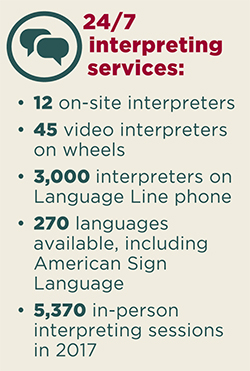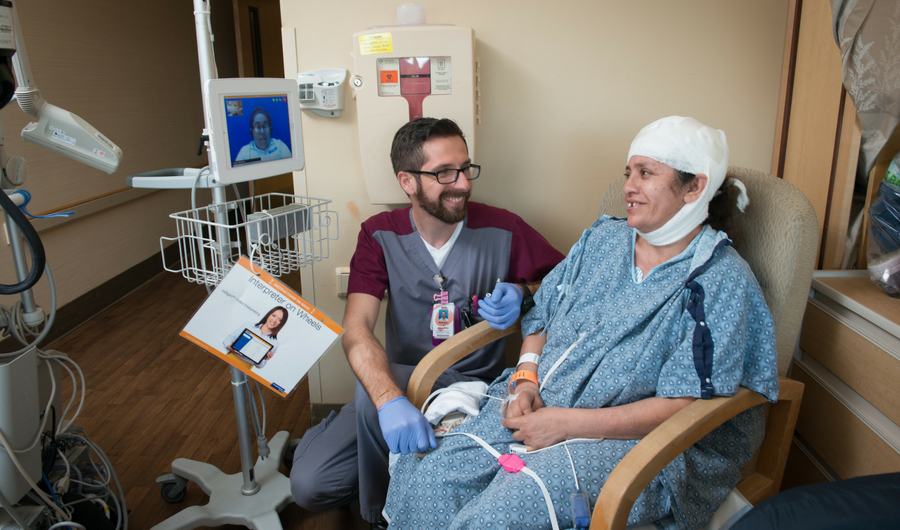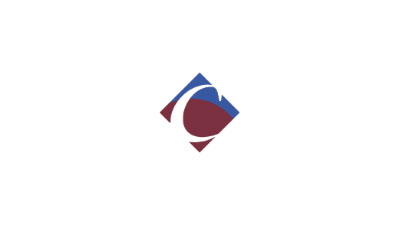 Community Medical Centers serves a culturally and linguistically diverse community in which more than 60 languages are spoken and 20% of the population has a limited command of English. A patient’s ability to understand and to be understood is one of the most important patient rights. And while Community has 12 on-site interpreters to help patients in Spanish, Hmong, Hindi and Punjabi, new computer tablets on wheels with video interface are filling in the gaps to provide 32 additional languages.
Community Medical Centers serves a culturally and linguistically diverse community in which more than 60 languages are spoken and 20% of the population has a limited command of English. A patient’s ability to understand and to be understood is one of the most important patient rights. And while Community has 12 on-site interpreters to help patients in Spanish, Hmong, Hindi and Punjabi, new computer tablets on wheels with video interface are filling in the gaps to provide 32 additional languages.The best part about the mobile interpreters, bought this past year, is that nurses and doctors can use them on their own to communicate better with their patients. “We get a little more interaction and our patients participate better with the face-to-face interpretation,” said Skitsak, who works on the neuroscience floor.
“For my Vietnamese patients, this is a lifesaver,” said Ashley Gonzalez, a nurse on the medical-surgical floor at Community Regional. “The convenience of it is great. We just dial a phone number and pick a language.”
Community provides interpreter services, which are not reimbursed, around the clock through certified in-house interpreters and interpreters from the Health Care Interpreter Network (HCIN), a telephone-based collaborative with other hospitals. In addition, Community relies on American Sign Language (ASL) services, the Language Line, which has 3,000 interpreters and 270 available languages, and 45 video devices on wheels to provide interpretation face-to-face in 36 languages.
Last year, there were 5,370 in-person interpreting sessions provided to Community Regional patients and nearly twice as many sessions provided over the computer and by phone. More than 15% of the patients admitted to Community Regional didn’t speak English.



